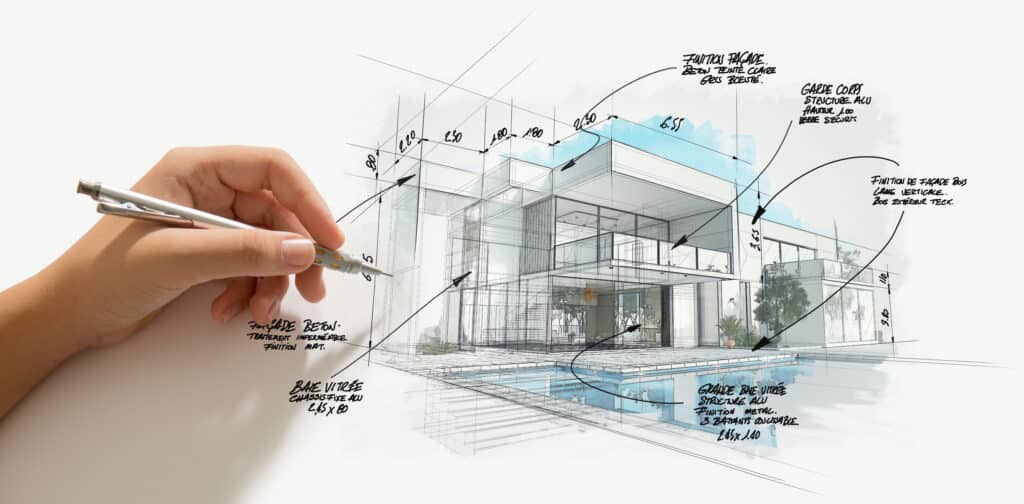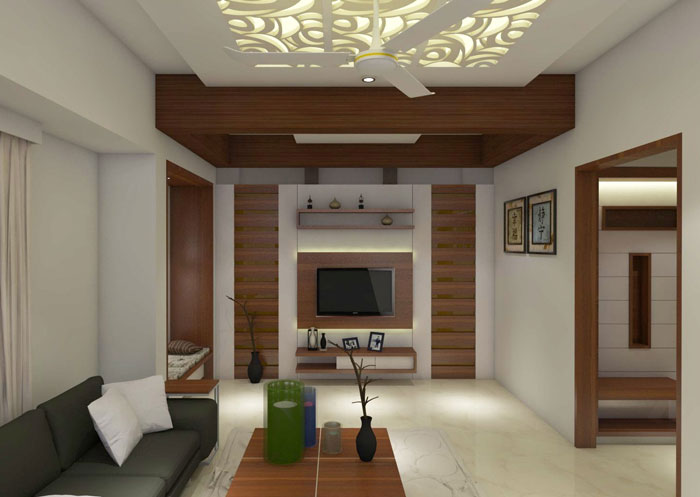Expert Countryside Homes Interior Design for a Peaceful Escape
Expert Countryside Homes Interior Design for a Peaceful Escape
Blog Article
Optimizing Aesthetic Appeal: The Synergy Between Interior Design and Home Engineer Techniques
Recognizing the refined interplay in between indoor style and home design can considerably raise the aesthetic charm of a living space. This marital relationship of design disciplines entails a thoughtful combination of architectural components with indoor layouts, and a competent application of concepts such as rhythm, balance, and comparison. As we explore this harmony, we will discover ways to produce useful and visually striking settings that not only show personal style, yet also adapt to the vibrant needs of modern living.
Comprehending the Basics: Defining Interior Design and Home Style
Interior design and home style, frequently intertwined, represent the architectural and visual elements of our living areas. Interior design is a multifaceted discipline that involves creating useful, secure, and cosmetically pleasing areas inside a building. On the other hand, home architecture primarily focuses on the strong framework of a building.
The Synergy Described: How Interior Layout and Home Style Intersect
Comprehending the synergy between interior decoration and home architecture can open a globe of imagination and functionality. When discussing this junction, the influence of architecture on insides is an important aspect to consider. This discussion will concentrate on the unifying style concepts that blend these two areas into an unified whole
Unifying Design Concepts
While it may appear that interior decoration and home architecture are 2 unique disciplines, they are really deeply interconnected, forming a harmony that is crucial for producing harmonious home. Unifying design concepts are the pillars that promote this symbiosis. The concepts consist of balance, rhythm, consistency, emphasis, and comparison. These aspects integrate to offer a natural aesthetic charm. Equilibrium creates a sense of security, rhythm offers a feeling of activity, harmony ensures unity, contrast stimulates rate of interest, and focus draws interest to vital elements. The calculated application of these concepts enables a smooth mix of appearances and function, improving the general experience of the room. Essentially, these principles work as the bridge, unifying indoor design and architectural methods.
Building Impact on Insides
The intertwining of interior design and style comes to be even much more evident when one considers the architectural influence on insides. Building elements are inherent to a space's functionality and visual appeals, forming the style from the onset. Their harmony is hence indisputable: style establishes the structure, which indoor design improves with texture, decoration, and shade.
Trick Concepts in Balancing Interior Design and Home Architecture
Striking a balance between capability and visual appeal is a fundamental aspect of integrating interior decoration and home architecture. An equally vital principle is the integration of lasting style to create energy-efficient and green homes. Understanding and exploring different architectural designs can likewise play a crucial function in attaining an unified layout. Luxury home architect.

Balancing Capability and Looks
Stabilizing performance and looks in interior style and home architecture emerges as one of the vital principles to think about. Aesthetic appeal uplifts the mood and impacts the understanding of area, whereas functionality ensures usability and comfort. Equally crucial is the efficient plan of the room, with a well-planned layout adding considerably to the synergy between functionality and visual appeals.
Sustainable Layout Assimilation
In preserving the stability in between performance and aesthetics, one must additionally think about the integration of sustainable design concepts. This technique not just enhances the aesthetic charm of an area however additionally ensures its longevity and lowered environmental impact. A harmonious fusion of indoor layout and home design, directed by sustainability, can develop spaces that are gorgeous, useful, and ecologically friendly.
Discovering Architectural Designs
While there are a variety of architectural styles to discover, it is crucial to recognize that each one carries its distinct concepts that can dramatically influence the harmonization of indoor layout and home architecture. These designs, varying from the ornate Baroque to the minimalist Modernist, bring unique ideologies and aesthetic appeals that, when appropriately recognized and go to my site used, can develop homes that are not just aesthetically sensational yet likewise harmoniously integrated in terms of layout and style. Selecting a building style is not simply concerning personal visual preference; it is concerning choosing a style language that speaks with the homeowner's way of living, ideology, and ambitions, creating a home that is a real reflection go to this site of its citizens.
Instance Studies: Remarkable Instances of Style and Architecture Harmony
Looking into some outstanding study supplies an extensive understanding of just how design and architecture can harmoniously combine to create functional and engaging areas. The legendary Fallingwater house, designed by Frank Lloyd Wright, exquisitely demonstrates this harmony. Wright's layout masterfully incorporates the residence with its surrounding landscape, while the interior mirrors the outside's organic types. An additional instance is the minimalistic Tadao Ando's Church of Light in Japan. The designer attained an excellent balance between simplicity and drama, using raw concrete and light. Inside, the plain, minimal design creates a feeling of peace and spiritual consideration. These examples show the significance of synergy in between indoor layout and design in attaining functional and aesthetic success.
Practical Tips: Enhancing Your Home's Aesthetic Allure
Attracting motivation from the instance studies of architectural and layout synergy, property owners as well can carry out some useful techniques to improve their home's visual appeal. A harmonious blend of shades, textures, and lighting can enhance a space, developing a warm and welcoming atmosphere. Eventually, the aesthetic allure lies in stabilizing functionality with layout, producing a home that is both livable and stunning.

Future Patterns: How Modern Techniques Are Changing Interior Design and Architecture
As the globe progresses, so do the fads in interior decoration and architecture. Modern methods are progressively concentrating on sustainability, including green products and energy-efficient styles. Modern technology plays an important duty, with wise homes ending up being the norm, incorporating AI and IoT for enhanced functionality. In addition, minimalism proceeds to acquire traction, stressing simpleness, capability, and clutter-free spaces. This is often combined with biophilic design, drawing motivation from nature and advertising well-being. Furthermore, the pandemic visit this website has increased the demand for adaptable, multi-purpose rooms, blurring the lines between job and home. These fads reflect a shift towards layouts that are not simply aesthetically pleasing, but also ecologically conscious, technically advanced, and adaptable to transforming way of livings.
Final thought
To conclude, the combination of interior decoration and home design strategies is a dynamic approach to enhancing aesthetic charm. By leveraging essential concepts like comparison, rhythm, and balance, and incorporating elements of modern-day living, designers can create versatile, visually pleasing settings. Via comprehending this harmony, home owners can make informed decisions that not just boost their home yet also add to their general well-being.
Comprehending the refined interaction in between indoor design and home architecture can dramatically elevate the aesthetic appeal of a living room.Indoor layout and home style, usually intertwined, stand for the visual and structural elements of our living areas.While it might seem that indoor style and home style are 2 distinctive disciplines, they are really deeply interconnected, forming a harmony that is vital for developing unified living spaces.The intertwining of interior layout and design comes to be also a lot more evident when one considers the architectural influence on interiors. An unified fusion of interior style and home architecture, led by sustainability, can develop rooms that are gorgeous, practical, and environmentally pleasant.
Report this page